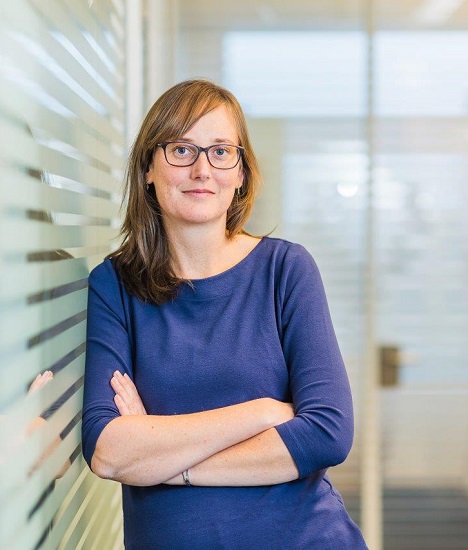‘Near zero’ emissions
Rather than compensating for CO2 emissions via different offsetting mechanisms, we prefer to avoid or reduce them in the first place. We call this approach ‘near zero’.
The bulk of our total operational emissions are related to CO2 emissions generated by the use of gas and diesel in the production process. In line with our environmental commitments, we have now implemented a detailed plan to reduce emissions at both an asset and portfolio level. We continue to monitor progress on a regular basis.
These measures have delivered a consistent improvement in energy efficiency, a reduction in methane emissions, and a portfolio-average carbon output below the average for similar assets in the Southern North Sea.
An electrifying prospect
Electrification of current and future production offers the greatest potential for minimising operational CO2 emissions. We are actively evaluating the feasibility of partial or full electrification opportunities in both our operated and non-operated portfolio, working closely with neighbouring gas fields, the industry regulator, and wind farms.
Our N05-A platform is set to become the North Sea’s first offshore gas treatment platform powered entirely by offshore wind energy.
A platform for decarbonisation
We believe that Carbon Capture and Storage (CCS) offers the potential to significantly contribute to climate goals, both by enabling low-carbon hydrogen production and reducing CO2 emissions from sectors where other decarbonisation options are limited or too costly. We are actively contributing to this emerging technology by assessing the suitability of our assets and infrastructure for safe carbon storage.
ONE-Dyas is working closely with industry partners and regulators to enable offshore CCS deployment and hydrogen production at scale.



